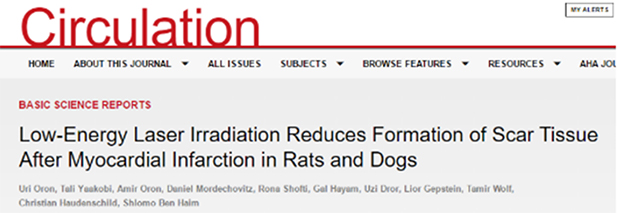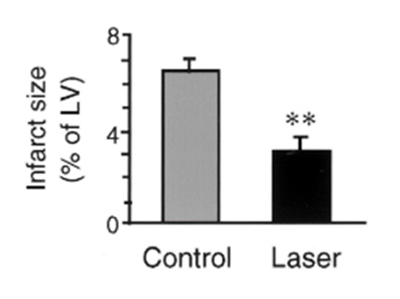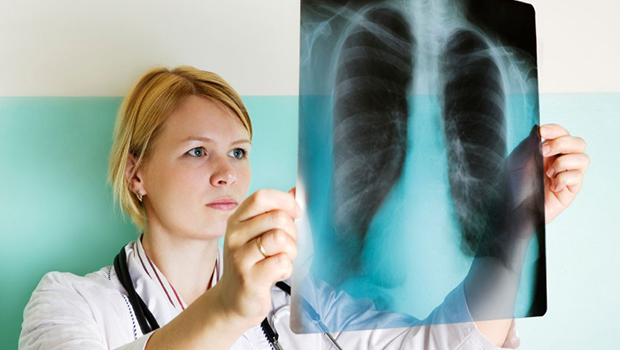Chronic diseases research
PBM Therapy
Peripheral neuropathy, diabetes

The effect of photobiomodulation on chemotherapy-induced peripheral neuropathy: A randomized, sham-controlled clinical trial View in detail
Among patients with CIPN, PBM produced significant reduction in neuropathy symptoms. (Peter A Argenta, et. al. Gynecol Oncol. 2017 Jan;144(1):159-166. 2016 Nov 22.).
Effects of photobiomodulation on experimental models of peripheral nerve injury View in detail
LLLT is a viable phototherapeutic modality for the treatment of peripheral nerve injury, demonstrating positive effects on the neuromuscular repair process using either red or infrared light. (L Andreo, et. Lasers Med Sci. 2017 Dec;32(9):2155-2165. 2017 Oct 23.)
Before and After the Exercise

Photobiomodulation in human muscle tissue: an advantage in sports performance? View in detail
PBM can increase muscle mass gained after training, and decrease inflammation and oxidative stress in muscle biopsies. (Cleber Ferraresi, et. al. J Biophotonics. 2016 Dec;9(11-12):1273-1299. 2016 Nov 22.)
Low Level Laser Therapy (LLLT) Almost Doubles Muscle Gains & Ramps Up Concentric & Eccentric Peak Torque Development During 8-Week Eccentric Training Program View in detail
Pre-Exercise Infrared Photobiomodulation Therapy (810 nm) in Skeletal Muscle Performance and Postexercise Recovery in Humans: What Is the Optimal Power Output? View in detail
(Adriano Rodrigues de Oliveira, et. al., Photomed Laser Surg. 2017 Nov;35(11):595-603.)
Heart and circulation: PBM therapy

According to the study conducted in Israel, the US and Brazil, LLLT application to bone marrow (BM) in the porcine model for acute myocardial infarction (MI) caused a significant reduction in scarring, enhanced angiogenesis and functional improvement both in the acute and long term phase post-MI ( Carlos et al., 2016 , Blatt et al., 2016 ). View in detail
In the dog and rat model, the researchers indicate PBM therapy had reduced the symptoms about 50% and the death rate ( Oron et al., 2001 ) . View in detail
According to the researchers in Brazil, PBM therapy has shown to relieve any complications due to pain, bleeding and median sternotomy ( Fernandes et. al, 2016; Lima et. al., 2016a; Lima et. al., 2016b; Oliveira et. al, 2014). View in detail

In late 1990s, the researchers in the US have done an animal model study with rabbits. This study has been published on JACC on the effect of red light treatment in preventing restenosis after percutaneous coronary intervention.
View in detail
Additionally, this has been tested in pig and human model ( Kipshidze et al., 1998 , Kipshidze et al., 2001 , Derkacz et al., 2010 , De Scheerder et al., 1998, De Scheerder 2000 , De Scheerder 2001a , De Scheerder et al. 2001b).
View in detail
In 2012, the researchers in Austria concluded that red light can induce expanded bloodstream of the coronary artery.
It has been confirmed that treatment effect from LLLT is due to enhanced elasticity and expansion of the bloodstreatm induced by the light. The purpose of this study was to determine the effect of light on the artery (Pass et. al. 2011).
View in detail
Intravascular low-power laser irradiation after coronary stenting: long-term follow-up (Kipshidze et al., 1998 , Kipshidze et al., 2001 , Derkacz et al., 2010 , De Scheerder et al., 1998, De Scheerder 2000 , De Scheerder 2001a , De Scheerder et al. 2001b).
View in detail
From College of Veterinary Medicine, Chungbuk National University in Korea, researchers discovered “Anti-hypercholesterolemic and anti-atherosclerotic effects of polarized-light therapy in rabbits fed a high-cholesterol diet” ( Park et al. 2012 ). View in detail
Decubitus, necrosis
Please click here to read more studies on PBM therapy and decubitus
Other (autoimmune diseases )
Please click here to read more studies on PBM therapy and other (autoimmune diseases)
Hydrogen Inhalation Therapy
Lung related diseases

-
Hydrogen gas reduces hyperoxic lung injury via the Nrf2 pathway in vivo View in detail
Mar 8, 2013
-
Hydrogen gas (XEN) inhalation ameliorates airway inflammation in asthma and COPD patients View in detail
May 14, 2020
Kidney related diseases

Possible clinical effects of molecular hydrogen (H2) delivery during hemodialysis in chronic dialysis patients:
Interim analysis in a 12 month observation
In the study, patients subjected to a novel hemodialysis system (E-HD) that delivers H2-enriched dialysis solution than the conventional hemodialysis system (C-HD)had differences in the defined daily dose of anti-hypertensive agents, and subjective symptoms, such as severe fatigue, and pruritus, which were all less in the E-HD group (Masaaki Nakayama et al., 2017)
Deuterium Depleted Water (DDW)

Disclaimer: This content consists of medical papers and academic information and is not intended to diagnose,
treat diseases, or replace a doctor's advice, and all outcomes may vary from person to person.
-
BAHI Therapy
-
Immune Care Magazine
-
Research/Education
-
Find the center
-
About Hue Light
-
Product Site
-
Hue Light USA


 English
English